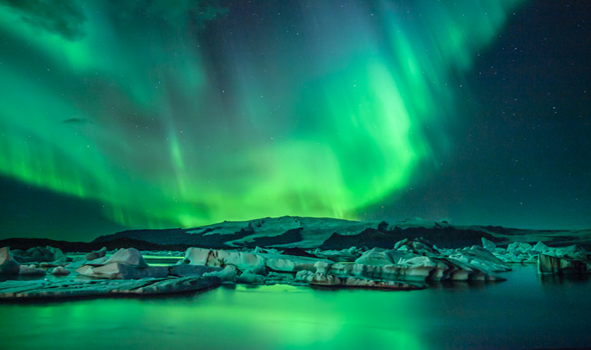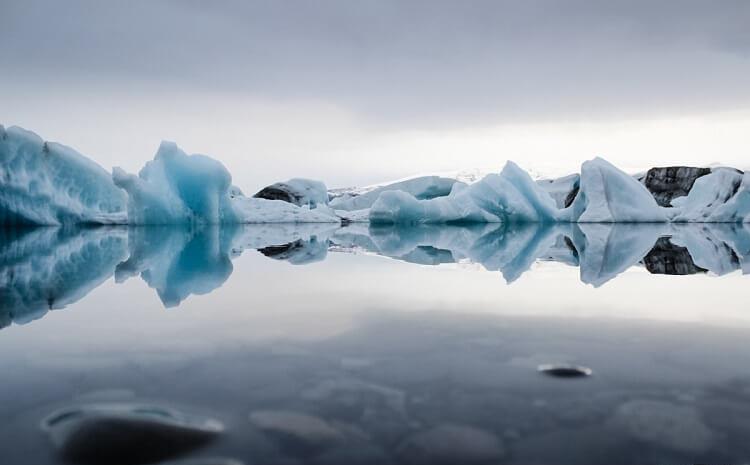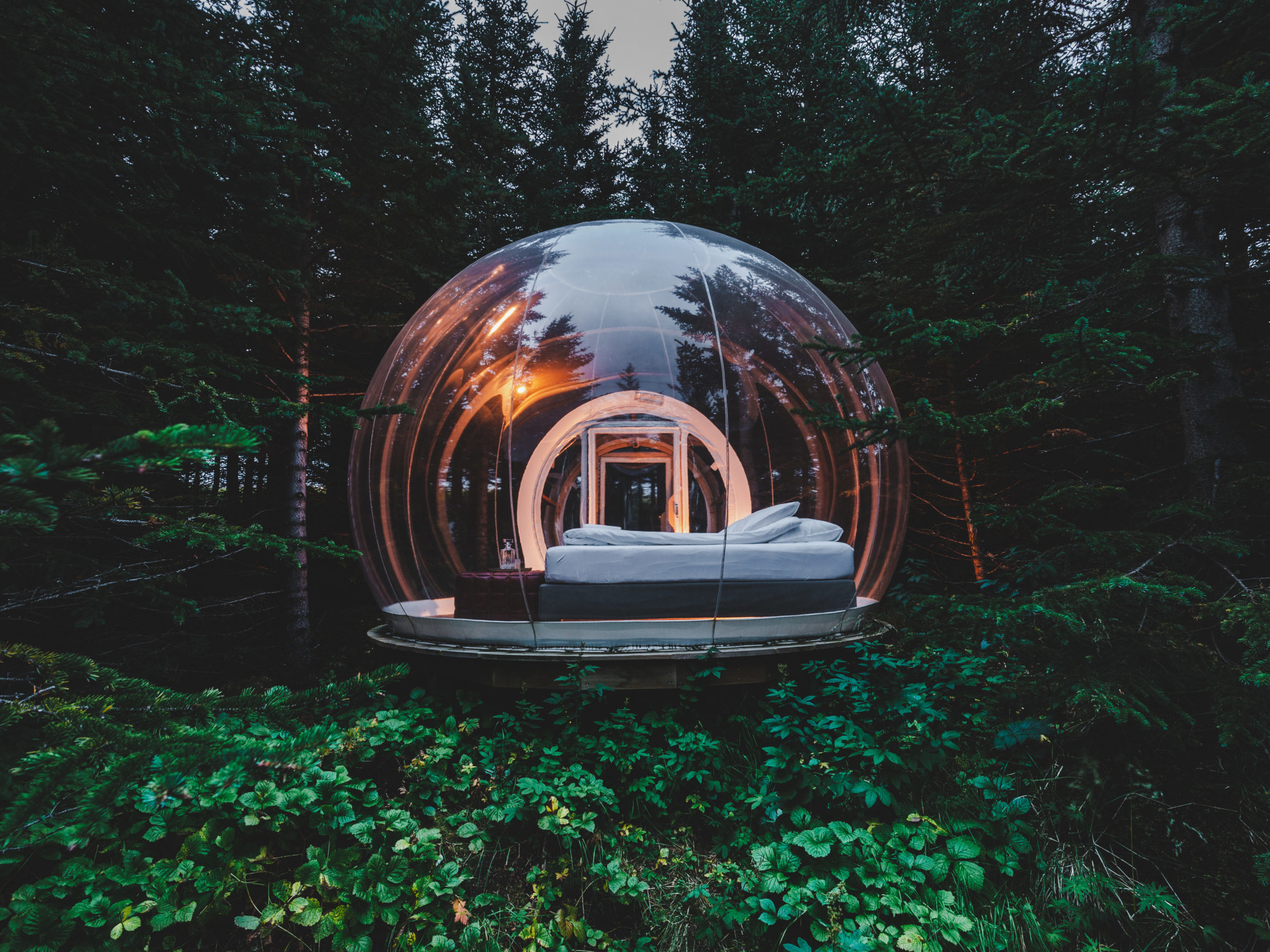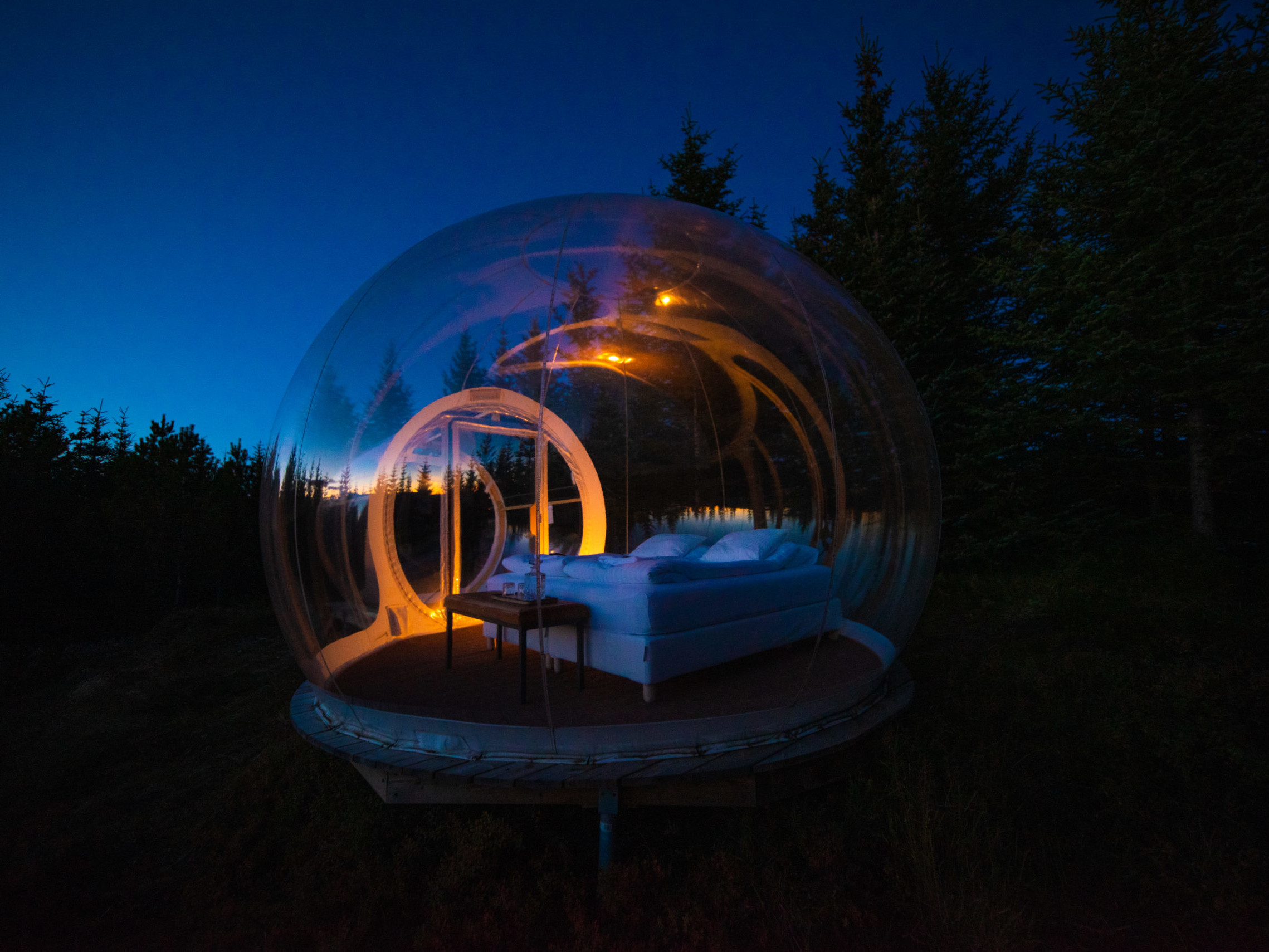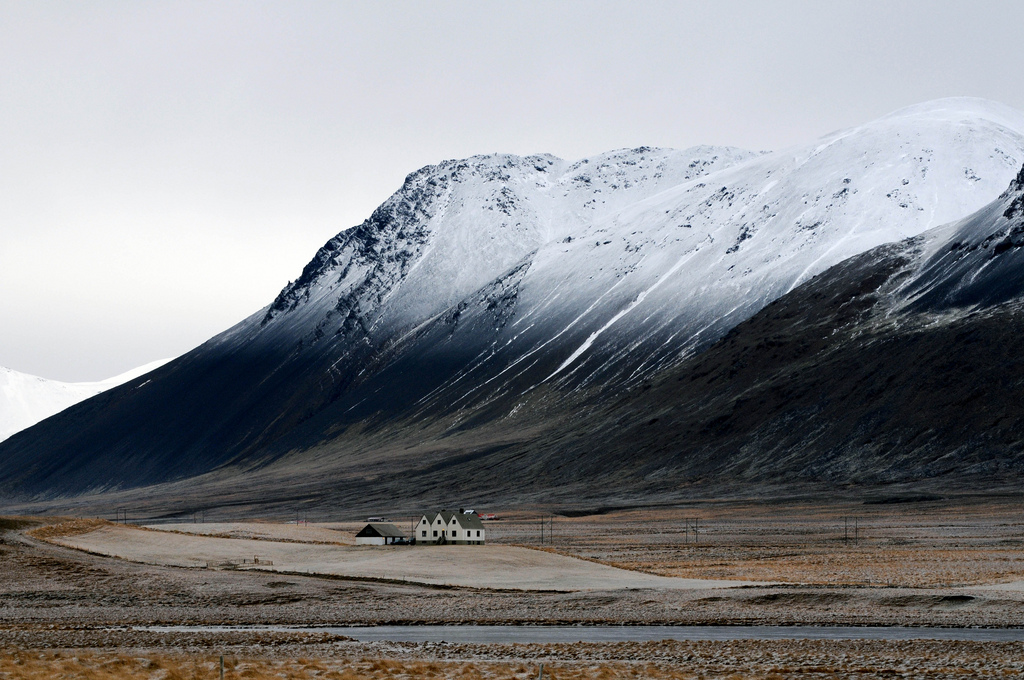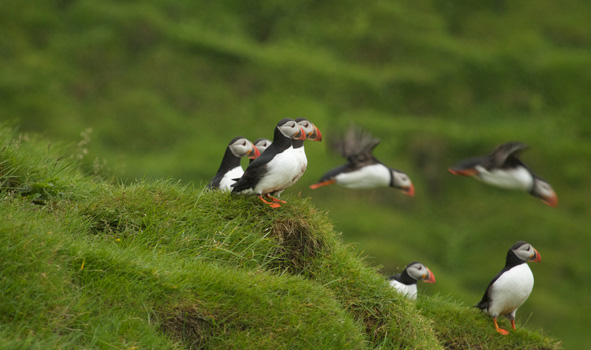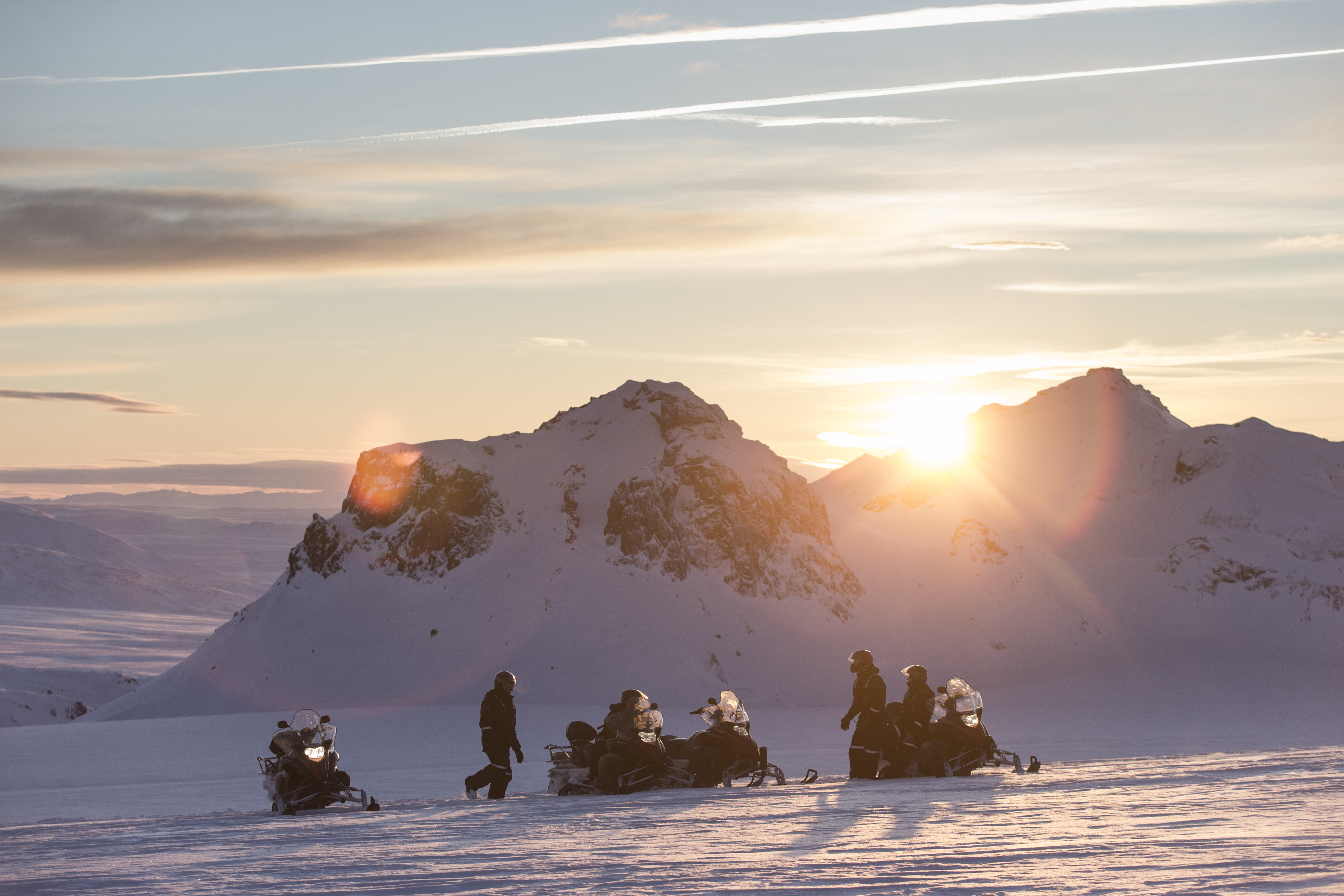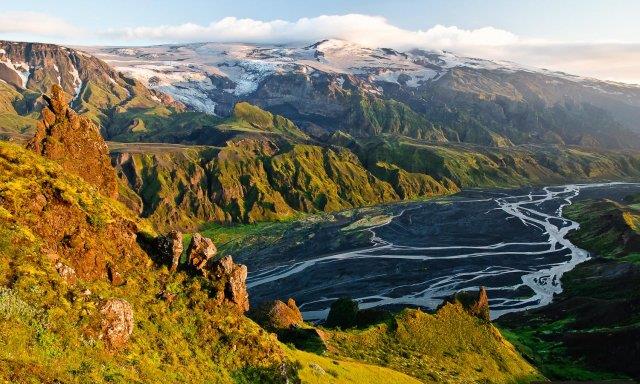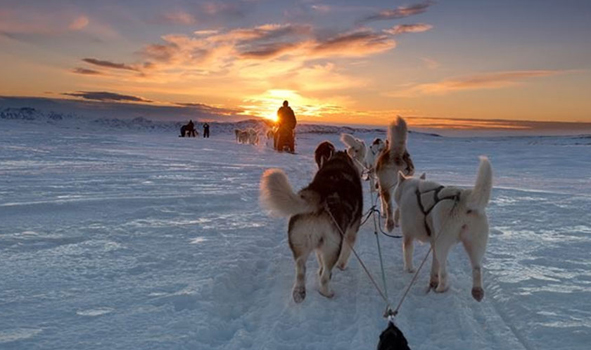Famous filming locations in Iceland
Famous Film Locations in Iceland
Iceland is becoming more and more popular in Hollywood. The dramatic landscape and the 24 hour daylight in summer is ideal for shooting films. You can almost find any sort of landscape in Iceland – lava fields, mountains, hot springs, snow, beaches and the list goes on. To name a few movies that have been filmed in Iceland:
1. Thor: The Dark World (2013)
2. Oblivion (2013)
3. Star Trek: Into Darkness (2013)
4. Noah (2014)
5. The Secret Life of Walter Mitty (2013)
Unlike all the other films, here Iceland is actually Iceland, not outer space or some other location. In the movie, Ben Stiller plays the character of Walter Mitty who visits Iceland to do exciting things instead of just fantasizing about them. It is filmed in Snæfellsnes and on the south coast. The movie also features Icelandic actors and the band behind the sound track is Icelandic as well (Of Monsters and Men).
Snæfellsnes peninsula is a wonderful place to visit. It is also worth mentioning that in 2008 the movie Journey to the Center of the Earth was filmed at Snæfellsjökull glacier and also the movie Interstellar (2014). We recommend a two day tour to explore the area.
6. Game of Thrones
7. James Bond (1985, 2002)
8. Star Wars – The Force Awakens (2015) and Rogue One (2016)
Weird and Fun Facts About Iceland
Weird and Fun Facts About Iceland and the Icelandic People
Weirdness is something that everyone possesses yet no one can explain why these behaviors or situations may occur. Iceland is no different! Below you will find our list of the most weird and fun facts about our beautiful country and the wonderful people who live here!
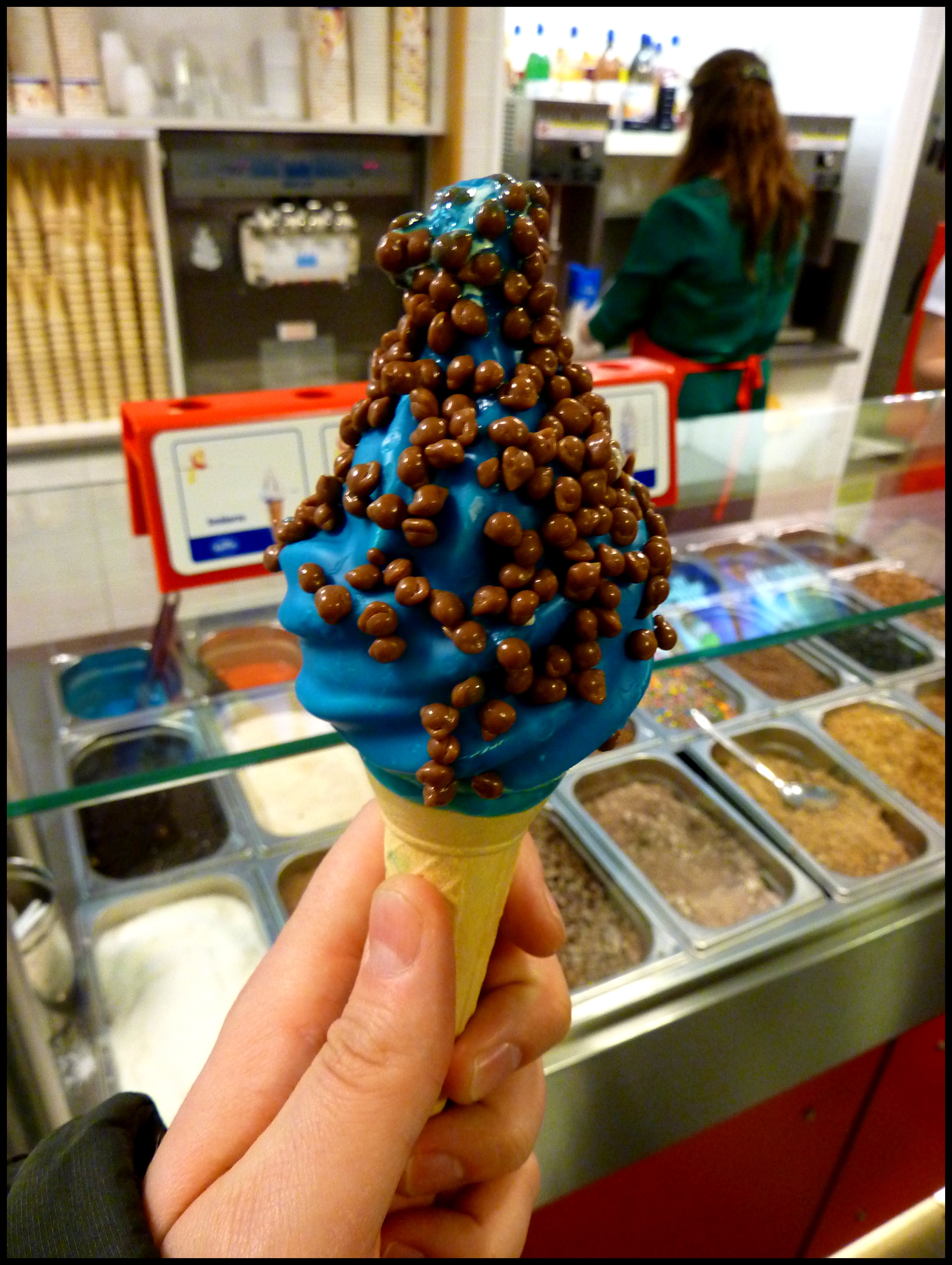
1. Ice Cream All Year
It can be below freezing here in Iceland, but you are sure to find a line at the door of the local ice cream shop! Our favorites here in Reykjavik include:
- Isbudin Valdis, located in the new hip and trendy area, Grandi
- Joylato, located by the famous Hallgrimskirkja Church
- Brynja Is, located slightly outside of the city in Kopavogur.
2. Stay Awake for 24 Hours
In the summertime (June until August) day and night merge into one and it simply does not get dark! This is due to Iceland’s location, meaning when the Earth’s axis tilts- we get longer hours of sun. The Icelandic people use these nights for midnight-sun activities such as late “night” disc-golfing, barbecue’s, hiking and golfing. They even have a International Arctic Open Golf tournament in June.
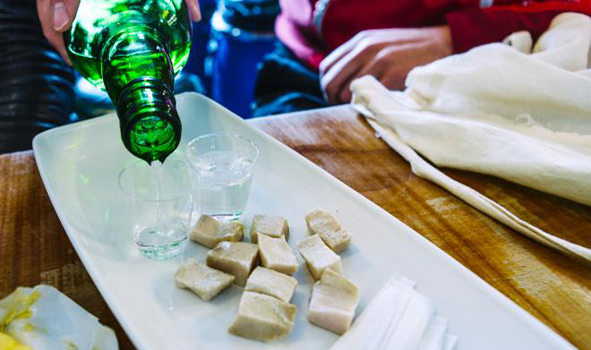
3. You Can Dine on Unique Local Delicacies
Every country has their own national food or dish, and Iceland is no different. Ask any Icelandic person what the traditional dishes are you will learn of fermented shark, whole sheep head, and sour gelatinized ram’s…testicles. Please remember, this does not mean that the entire population will enjoy consuming these, as you will learn from Icelanders faces when asked about this.
4. Mosquitoes Do Not Exist in Iceland
How often have you woken up in the middle of the night because of mosquitoes? And for some reason they only get bigger as you go from one country to the next. In Iceland mosquitoes do not exist mostly because it is too cold for them to thrive. However, in recent years, partly due to global warming, some bugs have been thriving for a short span in the summer months in some locations in Iceland

5. Iceland Has a Total of 13 Santas
Iceland takes the idea of Santa Claus one step further: 13 Yule Lads and an evil Christmas cat!
- Stekkjastaur, stiff legs – has long, stiff legs and steals farmers milk
- Giljagur, gully gawk – hides in the town gullies and steals milk from cowsheds
- Stufur, stubby – steals the pots and pans and eats leftovers
- Thorusleikir, spoon licker – steals unwashed spoons and licks them clean
- Pottaskefill, pot scraper – steals unwashed pots and licks them clean
- Askasleikir, bowl licker – steals unattended bowls and licks them clean
- Hurdaskellir, door slammer – slams doors and keeps people awake at night
- Skyrgamur, skyr gobbler – steals skyr
- Bjugnakraekir, sausage swiper – hides in the ceiling and steals sausages that are hung for smoking
- Gluggagaegir, window peeper – peeks through the window
- Gattathefur, door sniffer – sniffs out where people are baking and then steals cakes and cookies
- Ketkrokur, meat hook – steals meat with a long hook
- Kertasnikir, candle beggar – steals candles from children
6. Names in Iceland are Different and Unique
You will come to notice that in Iceland people are called almost exclusively by their first name, since surnames do not exist in the country. Girls are the daughter of their father (for instance Anna Jonsdottir – Anna, daugther of Jon), and boys are the sons of their fathers (for instance, Gunnar Gudmundsson – Gunnar, son of Gudmundur). Women keep their last names when they get married and when looking for someone in the phonebook, you always look under the first name. It is also interesting to know that first names must by pre-approved by the government and any new name must be submitted for consideration.
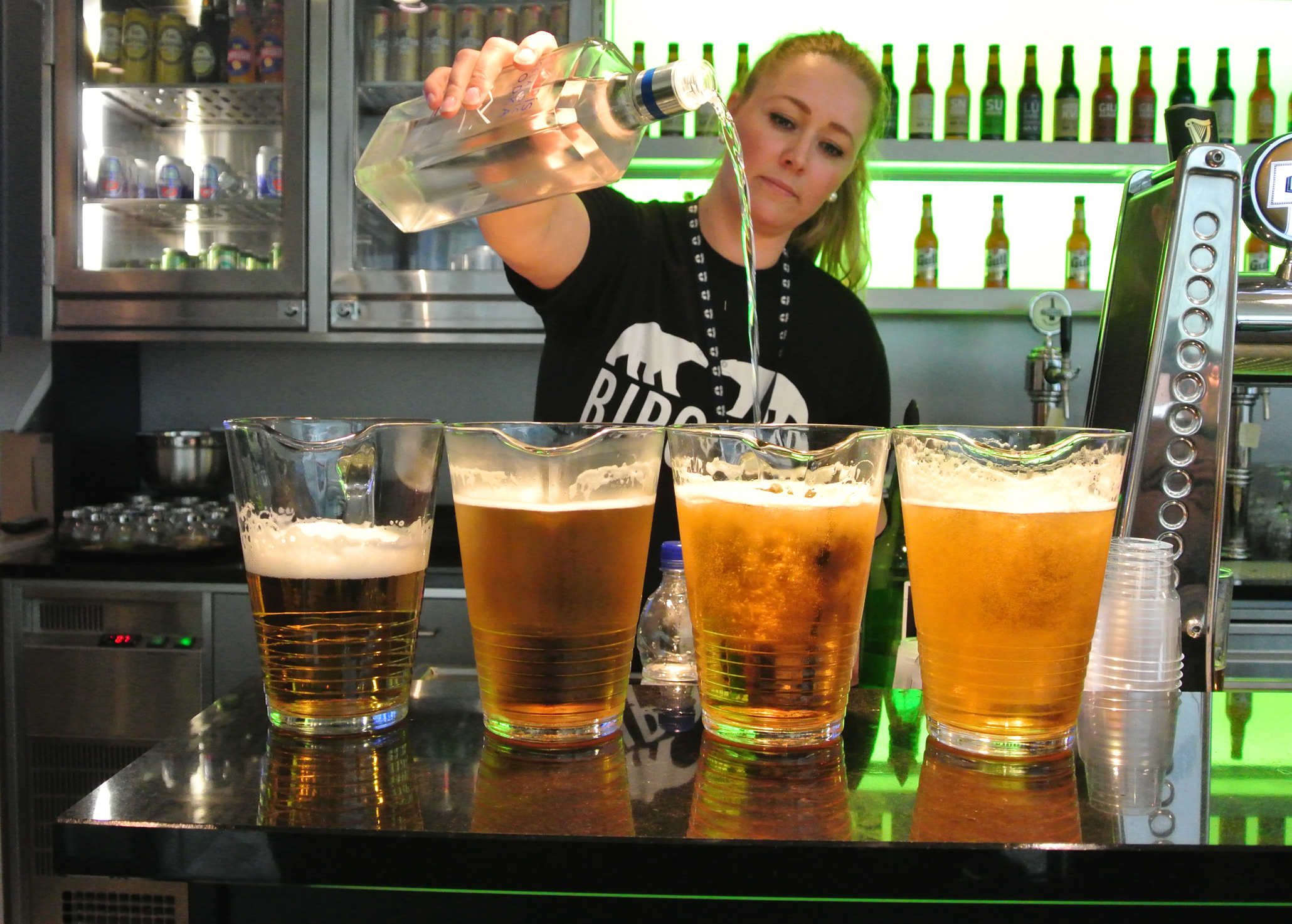
7. Beer Was Illegal Until 1989
Beer prohibition in Iceland lasted from 1915 until 1.March, 1989! For political reasons, alcohol was generally frowned upon, but beer especially since it reminded Icelanders of the Danes, who owned Iceland until 1944. Nowadays, this day is referred to as Bjordagur (Beer Day) and it is tough to stop the locals from joining in on the celebration.
8. For the Love of Potatoes
When most think of potatoes, the country Ireland may come to mind and sad memories of the potato famine, but because of the chilled weather and short summers, it´s not really that much you can cultivate in Iceland, unless in greenhouses. Potatoes have though been cultivated in Iceland for centuries and people often have a small potato patch in their personal garden. Potatoes can be found on everyone’s plates both during the holidays and normal evenings.
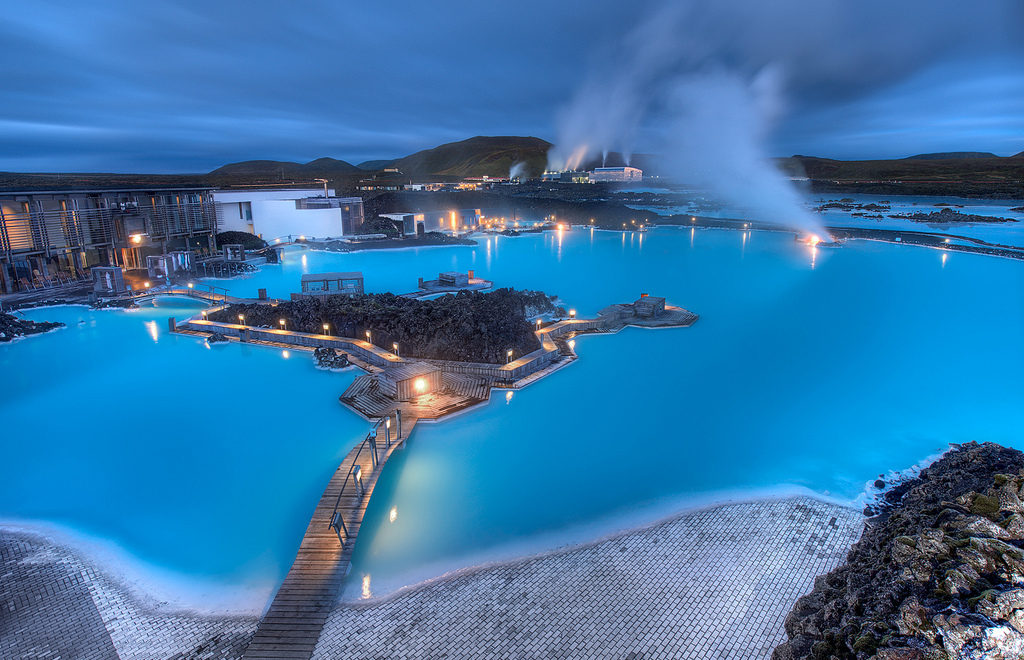
9. Harnassing the Geothermal Water for a Good Soak
Icelanders love their swimming pools and hot tubs. In the evenings after work and on the weekends, you can find Icelanders gathering in the geothermal hot tubs to talk about the weather, politics and whatever comes to mind. It’s normal for strangers to join the conversation and chat for hours. We love our pools so much we have strict bathing rules for before entering. Please follow these rules! Since swimming is such an important aspect of everyday life, children begin swim classes from the age of six to the age of 16.
10. Iceland is the most sparsely populated country in Europe
While the rest of the world is lamenting over overpopulation, Iceland just breezes by fairly on its own. With only 300,00 inhabitants its considered the least populated country, however being the least populated has its advantages. For one thing space is not an issue, and because there are few people the beauty of nature is left untouched. So if you want to go for an extreme adventure without crowds of people suffocating you Iceland is the place to go.
Top 44 Fun Things To Do In Iceland
Top 44 Fun Things to do in Iceland
When planning a visit to Iceland, you may wonder what there is to do here so today we are sharing 44 of our top suggestions. There’s something for everyone from family to solo, traditional to modern. We hope you have a wonderful trip.
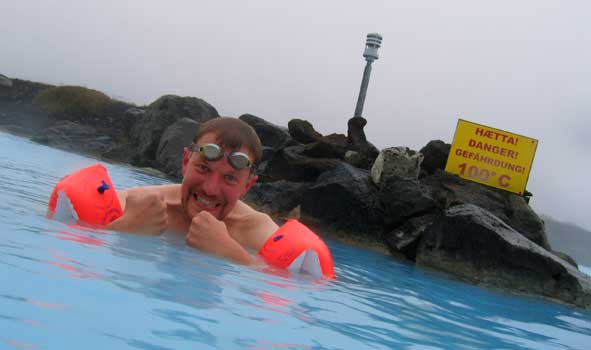
1. Go for a Swim in the North Atlantic Ocean.
It might seem like a big no no but it’s surprisingly getting more popular for visitors to take a dive on the cold North Atlantic Sea. Icelanders have done this for hundred of years and still do. Over the summertime, the temperature of the Sea is about 12 – 15°C but in winter it can go below zero.
Swimming in the sea isn’t just invigorating and adventurous, some say it strengthens the immune system. One of the main spots to go for a swim is Nautholsvik geothermal beach. They have great facilities here and after a quick dip in the North Atlantic Ocean you can reward yourself by relaxing in the hot tub (check opening hours).
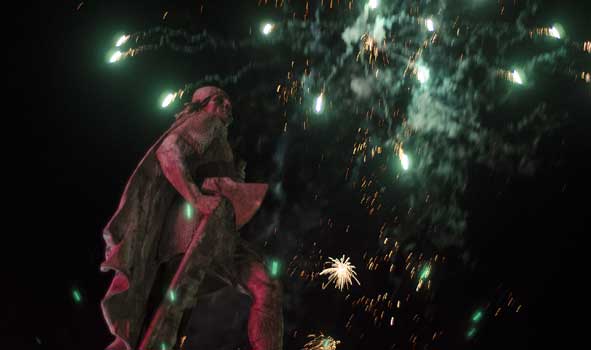
2. Enjoy New Years in Iceland.
If you are looking for a true party over New Years, Iceland is the place to be. Icelanders simply love fireworks around New Years and there aren’t many places in the world that allow fireworks as freely as Iceland does.
Every New Year, Icelanders shoot around 1300 tons of fireworks into the sky to welcome in the New Year. Most of the profit from firework sales goes to the national rescue squad and plays a big part in why Icelanders spend so much money on buying fireworks.
If you are going to get in on the fun then wear safety glasses, avoid wearing flammable clothing and possibly a set of earplugs. The best views across the city are from Perlan and Hallgrimskirkja.
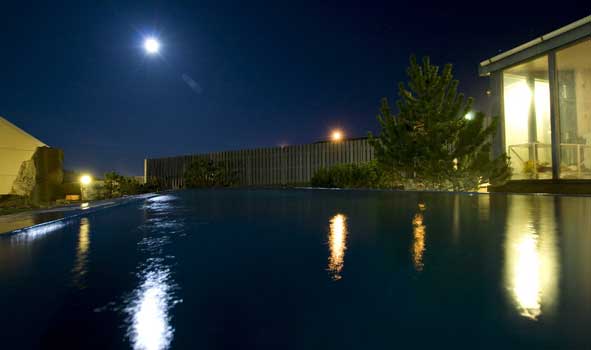
3. Stay Awake for 24 Hours.
In summer, day and night merge into one and it literally doesn’t get dark. The Icelandic summer nights are truly amazing and give you endless opportunities to explore and enjoy being outdoors. All sorts of activities are popular over summer like hiking, hot pools, golfing and more.
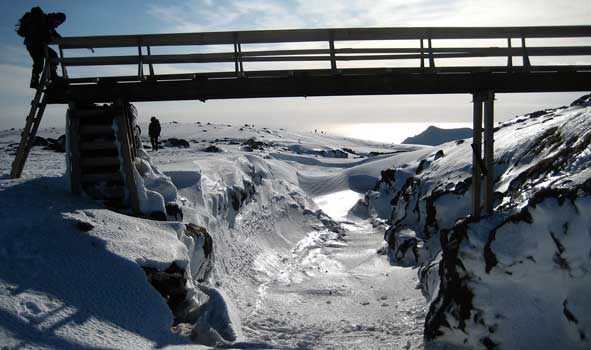
4. Walk Between Continents.
The earths crust is composed of 6 large, and several smaller, tectonic plates that drift and cause sea-floor spreading. Two of those plates meet under Iceland; the Eurasian plate and the North American plate. It is very unusual to be able to see rift above sea level but here in Iceland you can walk between them and literally touch both continents.
In Reykjanes, an 18 meter bridge has been built of the rift and you can cross it for free. It’s a great experience to cross the bridge and walk between two continents. If you are interested, you can buy a certificate of proof that you have crossed the bridge at a nearby information centre.
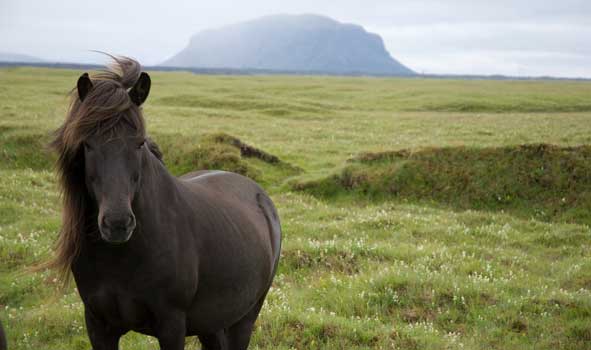
5. Go Horseback Riding
The Icelandic horse is the size of a pony but as strong as a horse. You can find a tour that suits you perfectly from a few hours of horse back riding to a multi day tour. These horses are very well secured by the Icelanders and they prohibit importation of horses. It’s a must for all animal lovers to get to know the Icelandic horse.
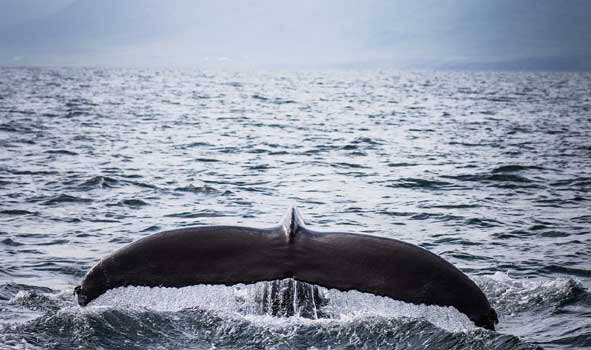
6. Watch the Whales
The whales around Iceland surface and shows off their tricks, often coming very close to the boats and you can sometimes spot dolphins jumping too. In summer you can go whale watching both on the north and south coasts of Iceland. Both locations are great for whale watching. In winter, tours only run from the Old harbour of Reykjavik. It’s truly amazing to see these gigantic animals in their natural environment so up close.
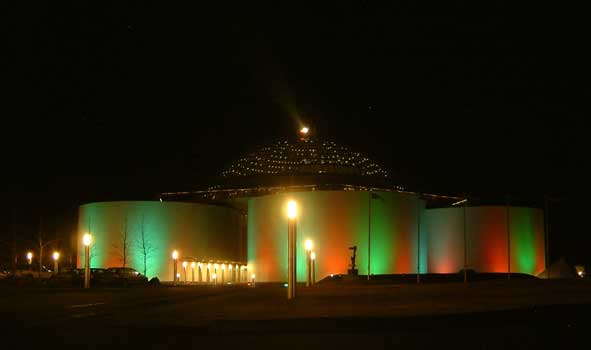
7. Visit The Pearl
Perlan is a famous landmark in Reykjavik, you’ll see it’s massive glass dome on the hill. You can go visit the viewing deck at a small charge, visit the shop and enjoy the magnificent view at the restaurant. Perlan now has an Ice Cave exhibition where you can walk through an ice tunnel and you can get the history of Icelands glaciers.
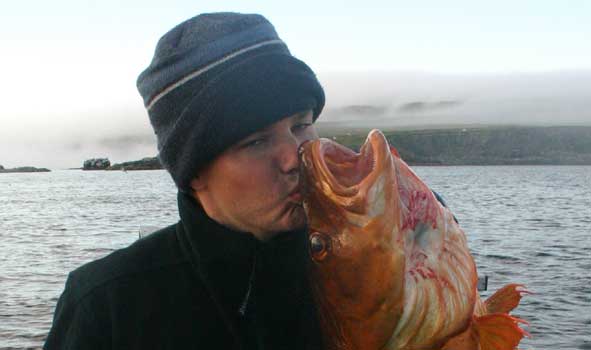
8. Go Fishing!
The fishing industry has been Icelands main industry for centuries and is still a big part of the culture. You can either go on a tour to catch your own fish or go down to the harbour in the morning and offer your help to the fishermen. A freshly caught fish is simply the best, even better if you caught it yourself.
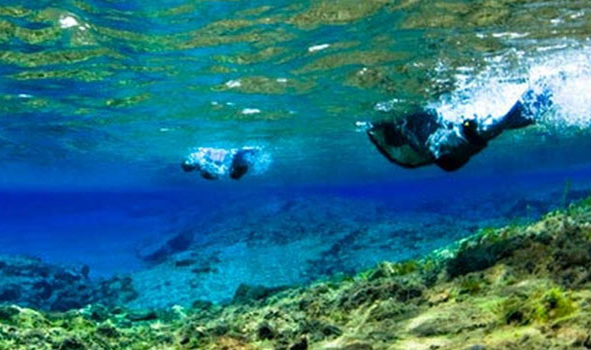
9. Try Diving and Snorkeling
Diving and snorkeling are some of the best things to do in Iceland. Needless to say that there are plenty of spots where you can enjoy such activity. Surprisingly, you can also go surfing in Iceland. The most popular place to go snorkeling is the Silfra at Thingvellir National Park.
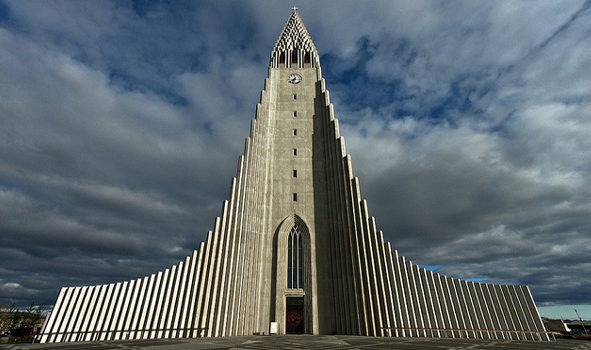
10. Check out the View from the Bell Tower
Hallgrimskirkja is the tallest church in Iceland at 244 feet. There is a lift that takes you to the top of the bell tower where you get a magnificent view across the city. The church itself is beautiful and we recommend you pay a visit.
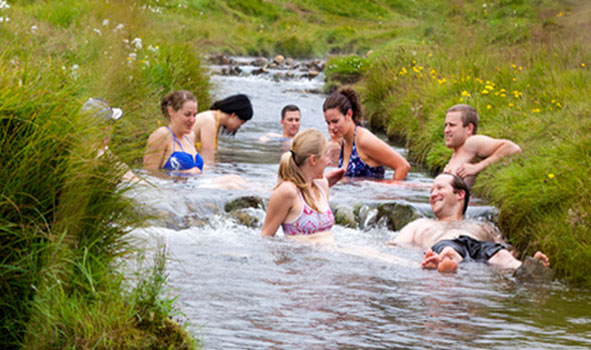
11. Enjoy a Geothermal Bath
You can find many different places in Iceland to bathe in a natural hot water. We recommend Landmannalaugar, the Blue lagoon, Lake Myvatn and the Secret lagoon. To relax in the natural warm water out in nature is definitely a must and should be on your bucket list.

12. Snowmobiling on a Glacier
Get your adrenaline pumping, jump on a snowmobile and tell all your friends you’ve been on a glacier. Most snowmobile rides take place on Langjokull glacier and Myvatnsjokull glacier. There are various tours to choose from and many people like to combine a snowmobiling adventure with the Golden Circle.
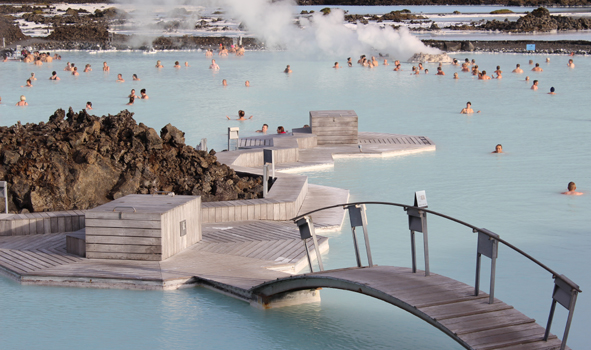
13. Get Married in the Blue Lagoon
The Blue lagoon is one of the most popular destinations in Iceland. Its not just beautiful but it’s also a very relaxing and peaceful place with unique surroundings. The warm turquoise blue water is truly beautiful and you’re surrounded with lava fields, it’s very unique.
The lagoon is known for its healing powers for the skin but you can do many other things there, one of which is to get married. Couples who are interested in tying the knot in this unusual location can get assistance from the personnel at the Blue Lagoon.
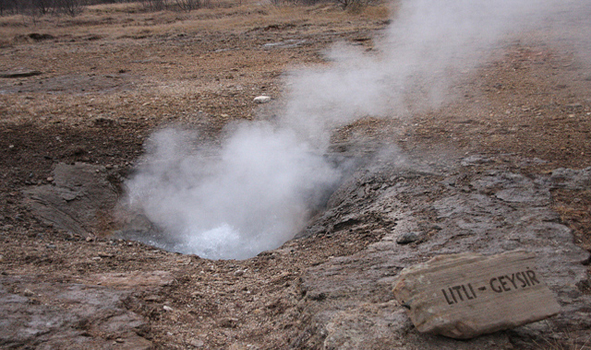
14. Be a Chef in Natures Kitchen.
The possibilities are endless when it comes to Icelands geothermal energy. Hot springs are used not only for heating homes but are very handy when traveling. You can use them for almost everything from washing laundry to boiling eggs.
Icelanders also use the geothermal heat to bake bread in the hot ground. The dough is placed in a container, such as a milk carton, and buried in the hot ground. This can take a few hours to bake so you can buy a loaf of geothermal bread in places such as Hveragerdi and Myvatnssveit.
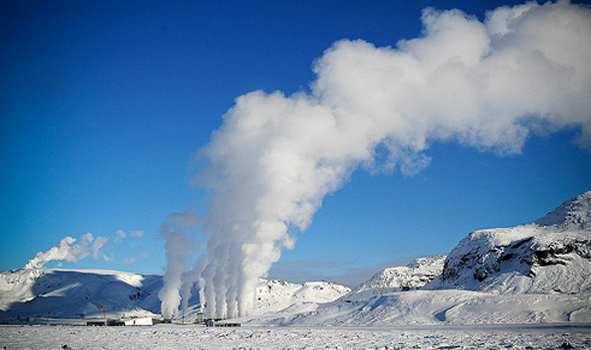
15. Get Hot.
Unlike other countries, in Iceland you can stand in the shower as long as you like without worrying too much about the water bill. Due to the islands volcanic activity, the hot water is both plentiful and inexpensive making it perfect for heating homes, greenhouses, melting snow and filling swimming pools and hot tubs. So enjoy it whilst you’re here, take a long hot shower without feeling too guilty.
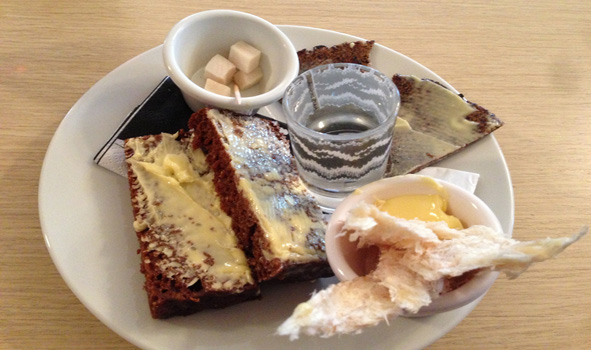
16. Eat Fermented Shark.
Some of the traditional Icelandic food might seem a bit odd to foreigners. For example, sheeps head, dried fish and fermented shark are some of the specialities. When you visit Iceland it’s almost a must to try fermented shark. It has a strong smell and taste but if you want to make a good impression for the locals, try a bite.
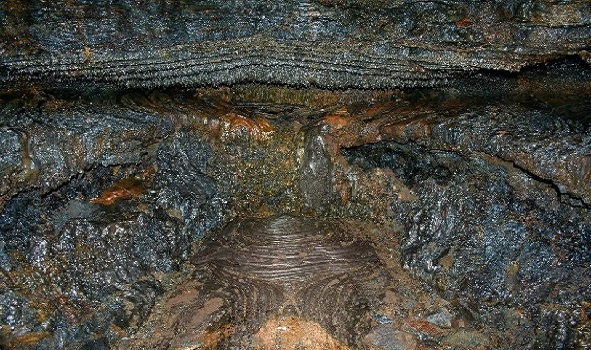
17. Go Lava Caving.
If you are the adventurous type, go lava caving. There are various tours offered and you often don’t need to go far from Reykjavik to find a lava tube. Leidarendi is within 30 minutes drive from the Reykjavik.
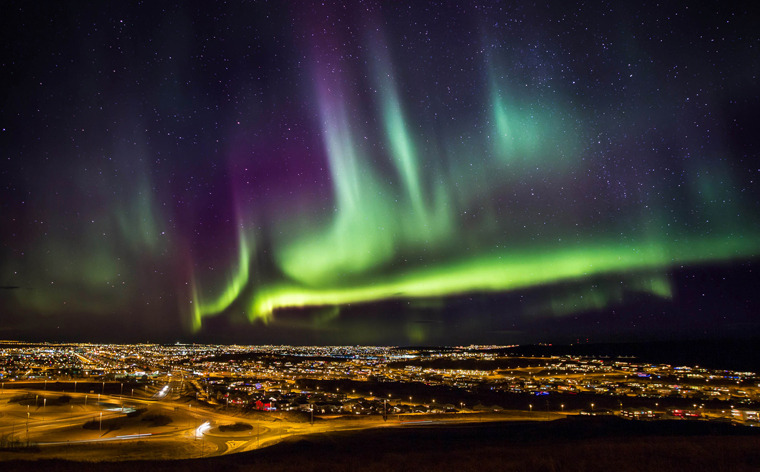
18. See the Northern Lights.
The northern lights are a magical phenomenon that everyone should see at least once in a lifetime. Whether you decide to do a tour or a self-drive, the experience seeing the lights dancing above your head will stay with you forever. All sorts of tours are available for aurora hunting: Evening tours, combo tours, bus tours, super jeep tours, multi day tours, floating tours, boat tours…. the list is long so you should find at least one that suits your needs.
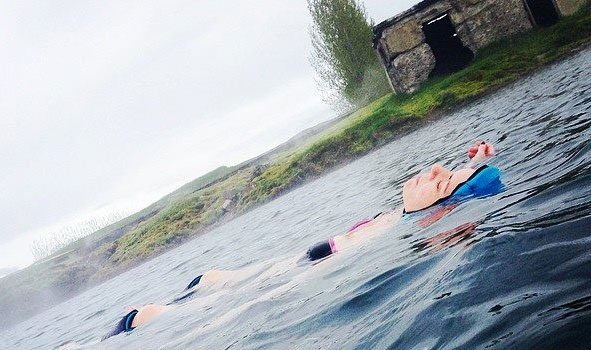
19. Go Floating.
Floating is one of the best ways possible to relax. The floating kit enables you to float in the warm Secret Lagoon and let every muscle in your body rest. There are many extra treats on the tours as well, such as hunting for the northern lights in winter.
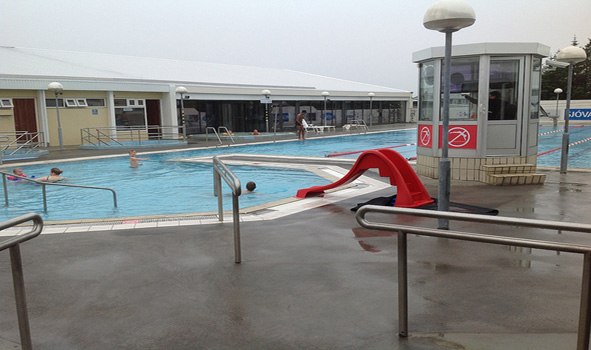
20. Go Swimming and Relax in the Hot Tubs.
Swimming is a big part of Icelandic culture. It is obligatory for all Icelanders to learn how to swim so you can say we are raised in the pools to a great extent. Most pools are outdoors but the water is always nicely warm so people go for a swim without freezing in winter. The hot tubs are a must after a refreshing swim and an ideal way to blend with the locals.
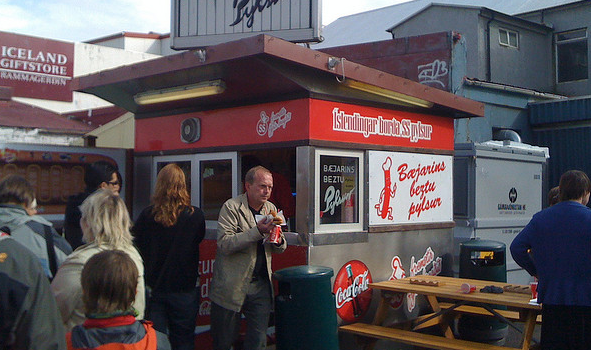
21. Have a Hot Dog.
It is almost obligatory to have a hot dog when you visit Iceland. The most popular hot dog booth in Reykjavik is opposite Kolaportið flea market, not far from the Old Harbor. As for “ein með öllu” (one with everything) and blend in with the locals by the booth while you enjoy your delicious hot dog. When you are travelling around Iceland you can buy a hot dog almost everywhere so there is no excuse not to have one!
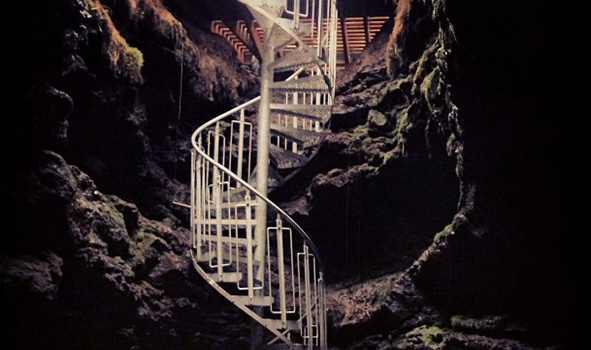
22. Go Inside a Volcano.
Thrihnukagigur Volcano has retired by being an erupting prowess 4,000 years ago, so exploring the magma chamber from the inside is as safe as exploring a museum. But unlike a museum with just parts or relics of a volcano closed in a casket, a tour inside the volanco will take you to the actual inside of a volcano. Something you shouldn´t miss and do at least once in a lifetime!
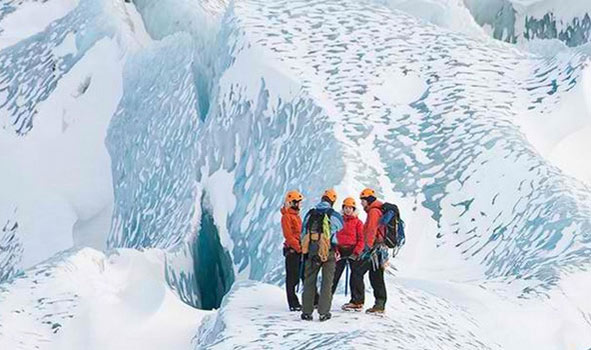
23. Try Glacier Hiking.
For an adventurous day, try glacier hiking. At Sólheimajökull glacier you can explore the crevasse riddle outlet glacier with amazing ice formations, sinkholes and indented ridges. Some tours even offer you ice climbing as well. Never go glacier hiking on your own though as it simply is too dangerous but with guides and the right equipment you are off to an adventure.
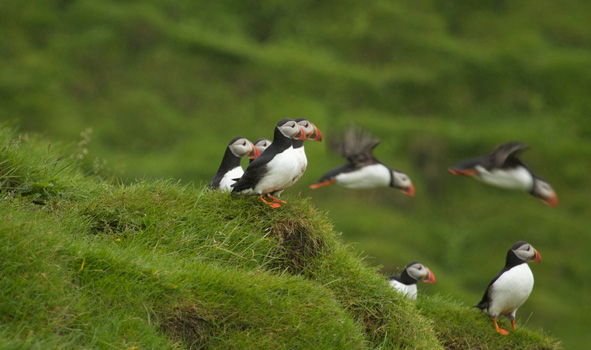
24. See the Puffins.
Puffins are unique and beautiful birds. Over half of the world´s population of the Atlantic puffin roost in Iceland. These birds are unique in many ways, like how they can paddle along the surface of the sea and dive underwater on spotting prey. Half of Icelandic puffins are in the Westmann Island where they both harvested and conserved. Other sites are for instance Hornbjarg and Hornstrandir and on many whale watching tours you see puffins. It is to be noted that puffins aren´t in Iceland during winter. This is one of our favorite things to do in Iceland because the puffins are just great
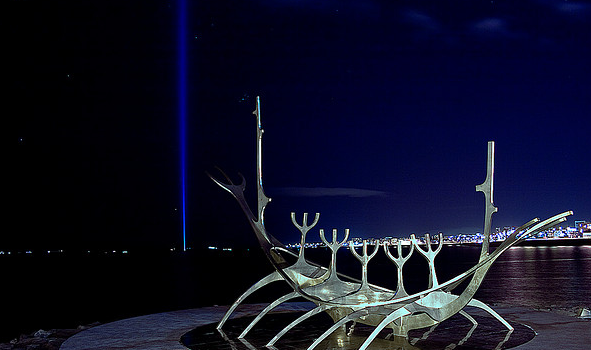
25. Check out the Imagine Peace Tower
The Imagine Peace Tower stands for joy, wisdom, hope and healing. It is a memorial tower of John Lennon by his wife Yoko Ono. The tower is lighted up from 9th October, which is John Lennon´s birthday, up to 8th December. There are also some additional dates for the tower to be lit up and that includes for instance 31st December. The tower is located in Viðey but you can see the light from a far.
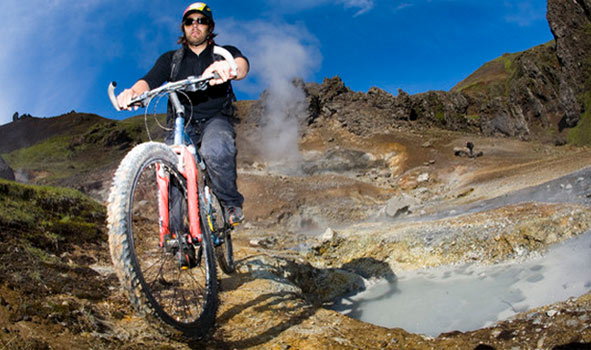
26. Go for a Bike Ride in the Nature
If you want to get the adrenaline pumping and get a real exercise then go biking! There are various tours offered, like in Heiðmörk and Skaftafell, where you can enjoy a great bike ride away from the city lights and noise.
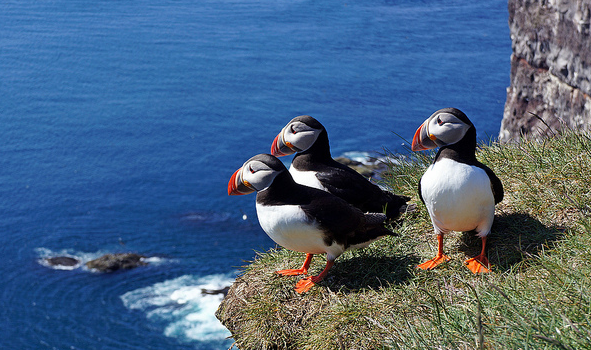
27. Visit the Westman Islands
The Westman islands (Vestmannaeyjar) are located just off the south coast of Iceland. One of the most famous volcanic eruptions in Iceland took place there in 1973. There is a museum about the eruption that you must visit. The largest island is Heimaey but the other islands are uninhabitable. More than 30 bird species nest in their millions in the cliffs, including puffins. Sail around the islands and enjoy the peacefulness and nature the islands have to offer.
28. Try the Icelandic Skyr
Skyr is a dairy product that is very popular in Iceland. You can buy skyr with various flavours, like blueberry and strawberry, but also just plain skyr. It is healthy and something Icelanders have eaten for decades. It is similar to thick yogurt but the taste is unique and delicious. Be like an Icelander and eat skyr!
29. Visit the Arctic Circle on Grímsey Island
Grímsey is a small island about 40 km (25 mi) off the north coast of Iceland and straddling the Arctic Circle. Grímsey is the northernmost inhabited Icelandic territory. The Arctic Circle runs through the island and it is an optimal photo opportunity to take a photo there. You can either fly or take a ferry to the island and spend a day or two.
30. Mount Esja
When you are in Reykjavik you see a beautiful mountain not too far away. This is Esjan, an outdoor paradise. If you want to go for a hike it is an ideal place to so do, either on your own or with a tour. You don´t need to go to the top unless you want to but the view from the hills, and of course the top, is magnificent. Here you can enjoy nature to the fullest and within an hour drive from the capital.
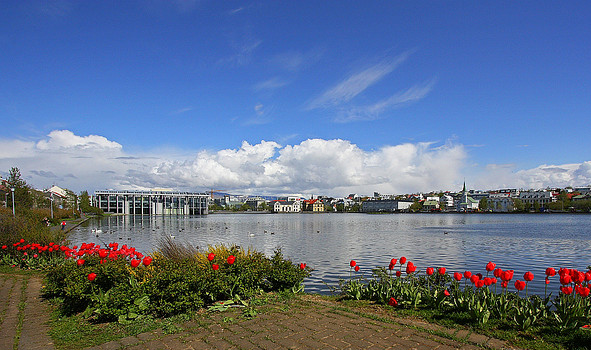
31. The Pond
In Reykjavík´s city center you will see a pond. In summer you can see there different kinds of birds swimming with their newborns. All around the pond you can see various sculptures and artwork and also city hall where you can sit down and have a nice cup of coffee while enjoying the view of the pond. In winter the pond often freezes and then you people either walking across the ice or skating. Try it too, just make sure the ice is really frozen!
32. Enjoy Christmas
Icelanders love Christmas. They decorate their houses, trees and the city center is always very festive. There is a Christmas market in Hafnarfjordur, Christmas shop on the main shopping street in Reykjavik (Laugavegur) and there is always something going on. Don´t forget the Icelandic Santas – they are 13!
33. Attend a Sports Event
Icelanders love sports. In summer football is very popular and in winter it is handball and basketball. If you are a sports fan then you should definitely go to a game and blend in with the locals!
34. Get a City Pass
The City Pass opens doors to many great activities. You can buy one for 1,2 or 3 days. With the City Pass you can visit all the museums in Reykjavik, go swimming, visit the domestic zoo, take the ferry over to Videy island (where the Imagine Peace Tower is located) and much more. Spend time and money wisely and grab a City Pass.
35. Hvalfjörður
The Hvalfjörður Tunnel (Hvalfjarðargöng) is a road tunel under Hvalfjördur fjord and is a part of the ring road. It is 5770 meter longs and reaches a depth of 165 meters below sea level. It shortens the distance from Reykjavík to the western and northern parts of Iceland by 45 km as it takes around an hour to drive the Hvalfjörður fjord itself. The fjord is around 30 km long and 5 km wide. The fjord has a history. During World War II a naval base of the British and American navies could be found there. The name of the fjord is derived from the large number of whales that could be found and caught there. In summer, if you have plenty of extra time, it is a lovely route to drive the fjord itself. Lovely scenery, waterfalls, interesting mixture of volcanic mountains and green vegetation, rivers and unspoiled nature. In winter we recommend the tunnel!
36. Visit Churches
It doesn´t matter whether you are religious or not, visiting the many lovely churches is a wonderful experience. It doesn´t matter whether it is the great Hallgrimskirkja church or a small country church, all of them have their own unique style and history. If you visit the Hallgrimskirkja church, try to be there when they play the massive organ. The sound and the experience is amazing! The small country churches are worth visiting but you can find them all over the country.
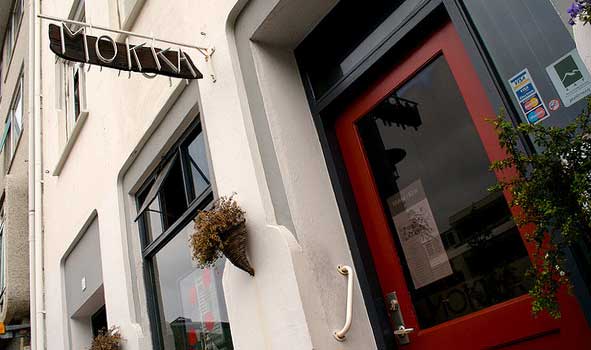
37. Check out the Bars and Cafés
If you long for a nice cup of coffee there are various cafés in the city center in Reykjavík. Try also some local delicacies like kleina or vaffla. If you want to have a beer the pub Kaldi is ideal and try out the local beers. If you want something special, the Kex hostel has an extra ordinary bar/restaurant. The possibilities are endless and do not hesitate to try as many as you can find. You will have a nice experience wherever you go and blend with the locals!
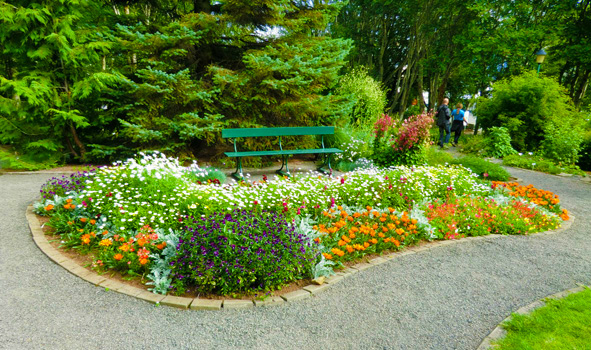
38. Botanical Garden
If you are a fan of trees and flowers, you need to check out the Botanical Garden in Laugardalur. In summer it is gorgeous but it is also charming in winter. Small pond, fountain and peaceful with birdlife. You also find Café Flora there, an ideal place to sit down, relax and enjoy a meal.
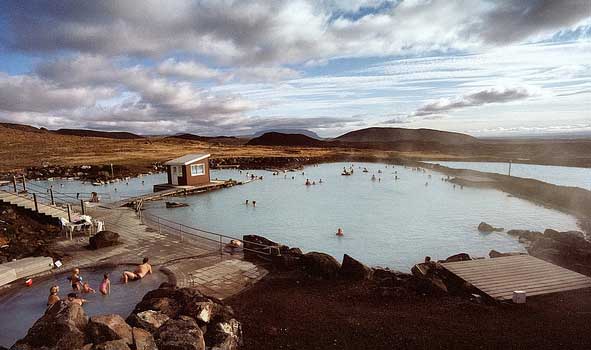
39. Mývatn Nature Baths
The Blue lagoon is always very popular but not too many know that there is another lagoon on the northern coast by lake Mývatn. The Mývatn nature baths are natural, peaceful and worth visiting if you are traveling in the area.
40. Cultural Night
Every year in August Cultural night is celebrated in Reykjavik. It starts in the morning and eds around midnight with fireworks. Stroll around town and participate in various events – such as the marathon – and enjoy the shows, concerts and all the other sites offering something exciting. In the evening, enjoy the concert in the city center and then the wonderful fireworks just before midnight. This is one of our favorite things to do in Iceland because the fireworks are just great:)
41. Visit the Black Sand Beach in Vík
On the south coast of Iceland you will find many nature gems. One of them is the black sand beach close to Vík, called Reynisfjara. The black sand is crushed lava rock and it also features an amazing cliff of regular basalt columns, called Garðar. Out in the sea you will see the beautifully shaped basalt sea stacks Reynisdrangar. The ocean there is very powerful so don´t go too close!! Half way down the beach is a large vaulted cavern, a beautiful site but again, don´t go too close. Otherwise you might end up in the Atlantic Ocean! The area is rich in birdlife and in summer you can spot puffins for instance.
42. Visit the Abandoned Plane.
On Sólheimasandur beach in the south of Iceland you will find something unusual. An epic plane wreck! In 1973 a United States Navy airplane ran out of fuel and was forced to land on the black beach at Sólheimasandur. Thankfully everyone on board survived. Later it turned out that the pilot had simply switched over to the wrong fuel tank. The remains are still at the crash site, on the sand very close to the sea. The scenery is quite amazing and unreal, it is actually like from a science fiction move. A site worth visiting!
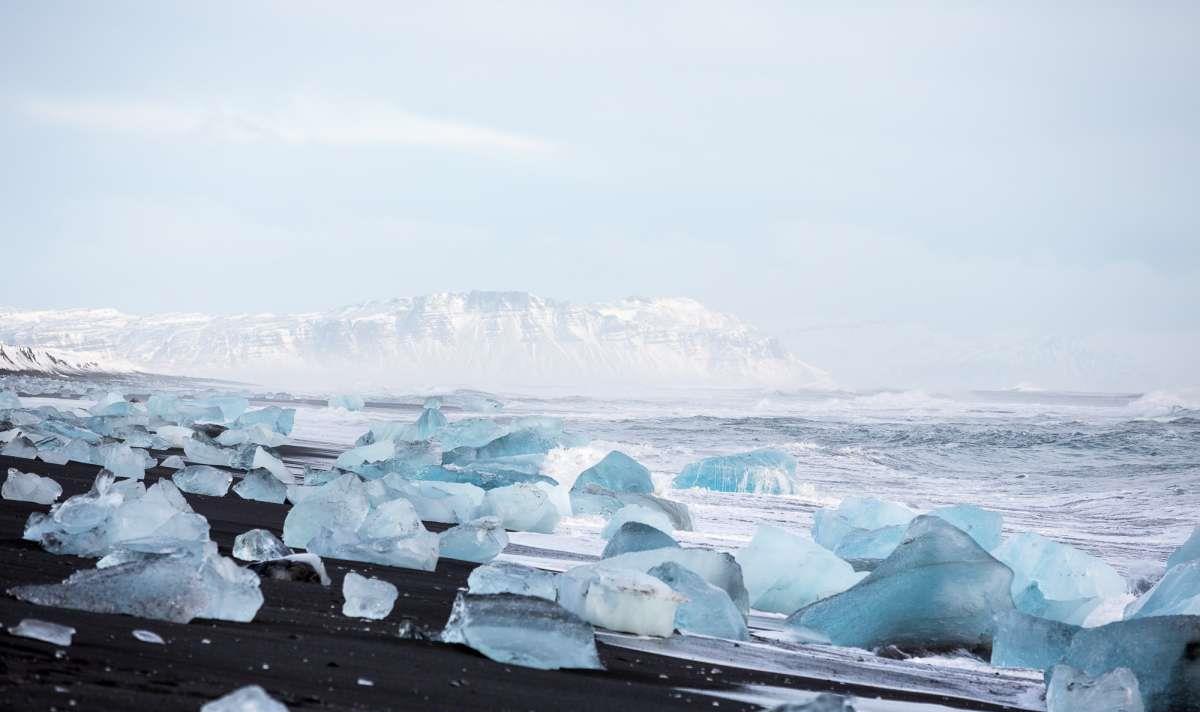
43. Visit the Glacial Lagoon
The Glacial lagoon is one of many wonders of nature that you will find in Iceland. The lagoon first appeared in 1934-1935 and has been growing ever since. It is the deepest lake in Iceland, located on the edge of Vatnajökull National Park. During summer you can take a boat tour on the lake and sail among the magnificent icebergs. In winter it is a popular location to hunt for the northern lights. The lagoon has been a setting for several Hollywood films, such as James Bond.
44. Drive Through the National Park, Thingvellir
Thingvellir National Park is a wonderful place worth visiting. It is very historical and special in so many ways. It is where you can see the Mid-Atlantic Ridge that splits Iceland further apart each year. The scenery is one of a kind and it doesn´t matter whether it is in summer, spring, fall or winter. Thingvallavatn lake is breathtaking, the trees, the lava, the waterfalls…. the list is endless. Thingvellir is a site of historical and cultural importance. It is where the Icelandic Parliament was established in 930 and in 2004 Thingvellir became a World Heritage Site. All off road driving is of course prohibited and please show the park and its surroundings full respect.
The Humble History of Iceland
Humble History of Iceland
When Iceland is mentioned, the first thing that crops up in people’s mind is that it must be covered in ice, as suggested by the name. But, in fact, it is not so. Iceland has beautiful lush green meadows, nice people and a rich history. The country has many volcanoes, out of which very few are active. Iceland is also the home of the famous songwriter-singer, Bjork. Even though it is a small speck of land in the North Atlantic Ocean, Iceland is quite exciting and amazing than people think it to be.
So, how did Iceland come into existence and change into a well-known tourist destination that it is today? Well, let’s have a look at its history.
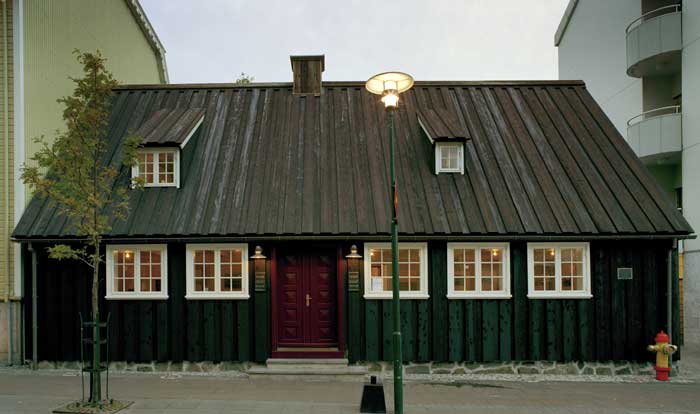
The Beginning
Iceland is situated at the intersection of two tectonic plates – the American tectonic plate and the Eurasian tectonic plate. Around for 16-18 million years ago, these two tectonic plates started to drift apart, causing a critical volcanic eruption and thus, as a result, Iceland came into existence. In the present age too, Iceland sits on the ‘Iceland Plume’, a volcanic hotspot that causes a mass of earthquakes every year and volcanic eruptions also occurs every other year or so.
The Settlement of the Colonies and Government
During 871 AD, a Norwegian man name Ingólfur Arnarsson committed the act of murder and was thus banished from his homeland. He came to Iceland with two ships and engaged the Nordic people for grabbing this land and won. This resulted in a Norse-Celtic mix of genes in Iceland and most of the present Icelander can trace back their lineage to this time.
Due to the fact, that in the past, Iceland was a country of rebel and escapees, it required a system of government. This won’t lead to the creation of the Althingi, which is the long-standing democratic parliament that, to this day, exists. The region was divided into small areas that had a chieftain, a religious leader and a politician. During the summer, the chieftains of every village would meet and discuss the laws and settle disputes, if any. Every year, the politician would recite one-third of the laws from memory and later, these laws were written down in a book called the Grágás. This book still exists today and contains all the practical laws of Iceland. The parliament is also uninterruptedly functioning to this day, except during the years from 1800 to 1845, when it did not function.
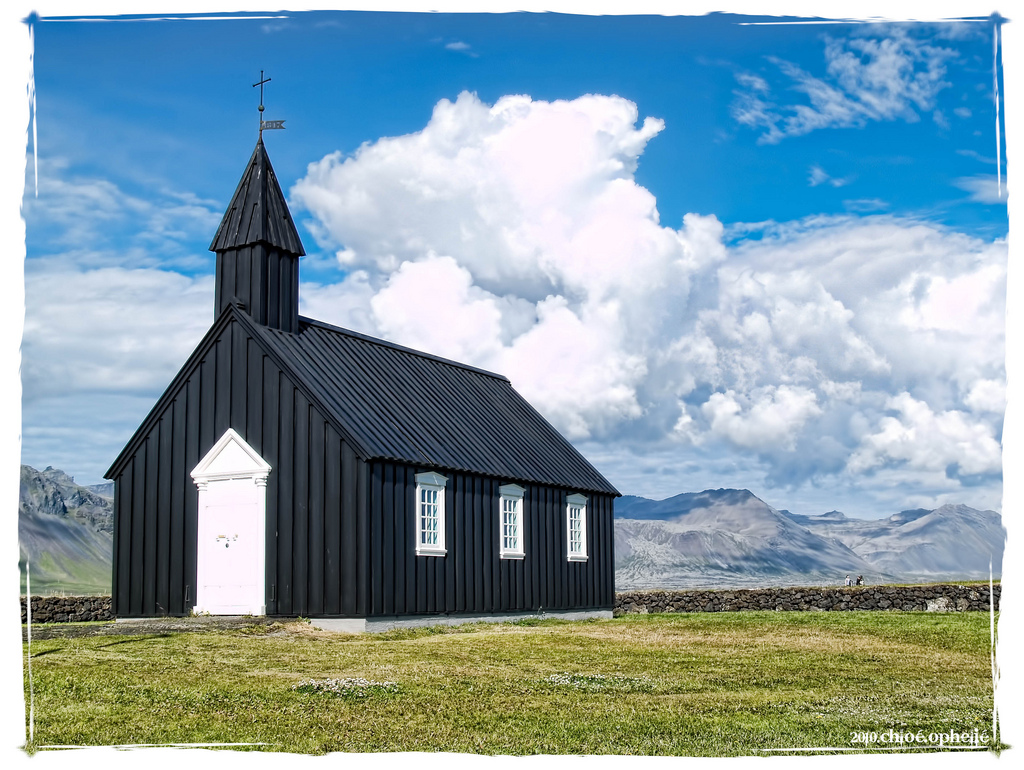
Rise of Christianity in the Country
Up to the 10th century, Iceland’s religion was Ásatrú and worshipped Norse gods like Óðinn, þór and others. When Christianity came into existence and the Christian preachers started teaching their faith, it leads to a confrontation between the two religions. To bring matters to a peace, Þorgeir Ljósvetningagoði Þorkelsson was asked to contemplate. For one whole day and one whole night, he lay under a bear skin and when he came out, he ordered the conclusion that Iceland should be a country of Christian religion. It was following the religion of Roman Catholicism until the year 1540, when the region was converted to Lutheran Protestantism. This was met with huge violence and was only settled with the beheading of the Catholic bishop, Jón Arason, in the year 1550.
Submission to Norway: the Rise and Fall of Monopoly and Independence
Up to the year 1262, the chieftains of the Icelandic regions where growing powerful constantly and the whole country was covered in civil wars between the 7 powerful clans. To end the war, the chieftains submitted to the king of Norway, Haakon IV. During the 14th century, Iceland was again split up when the Kingdoms of Norway, Sweden and Denmark became one kingdom and it fell under the Danish rule.
During the 1500s, German and English fisherman and traders set up trading posts in Iceland and begin trading with Icelanders. Suddenly, a cross with the prosperity his countrymen was enjoying, Christian IV, the King of Denmark, granted exclusive rights of trading to certain merchants. This was a harmful decision as Danish people could pay as little as they want for Icelandic goods and charge exorbitant prices for their goods. It swallowed Iceland in total poverty by this system of monopoly was done away with in the year 1786.
The rise of Iceland from the dark ages was made possible due to Sheriff Skúli Magnússon. He picked Reykjavik to be the center of Icelandic civilization and modernization. He built several wool workshop buildings around the region and thus, Iceland began to rise out of the dark ages that it was experiencing.
The rise of nationalism, the independence and the enlightenment of Iceland can be attributed to Jón Sigurðsson. The independence movement, led by him, resulted in the Icelandic parliament being an advisory body to the king in 1845. Then, the movement came home to Iceland in the year 1905. In 1918, Iceland gained its sovereignty and gradually, on June 17th, 1944, Iceland gained its independence as Denmark was being invaded by Germany. Incidentally, June 17th is also the date of birth of Jón Sigurðsson.
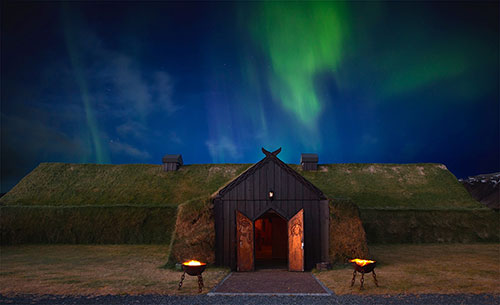
Role during the World Wars and Entry into the 20th Century
In spite of the progress made in the field of industrialization and urbanization, Iceland was still a bit far behind. Innovations such as electricity, the first trawler and the first car was introduced to Iceland in years from 1900-1910. During the world wars, as Iceland was doing the job of selling products to the allies and returning the American Occupying forces, Iceland was granted an economic boon and the various cultural influences like the television and jazz came to the country. This helped Iceland to come to terms with the 20th century and still, to this day, the people of Iceland are still fascinated by new and foreign technology, culture and materials.
The Crash of the Icelandic Economy in 2008 and Recovery Since Then
The economy of Iceland was always suffering a high inflation from the 1950s. Then, during the 1990s, the commercial banking system of the country was privatized and various laws were passed which eased the opportunity of trading between several countries and Iceland. This led to an incredible growth in the financial aspect of the country, but it was halted in October, 2008. The Icelandic currency, Króna, depreciated by 50% of its value, overnight. This led to people losing their livelihood, their job and their homes.
So, this is the history of Iceland, from its very beginning to the present times. The quickness of the economic recovery of the country has garnered the attention of the international community. The industries of the country are still operational and the level of unemployment in the country is in control. However, the wages and salaries of the countrymen are still quite low and thus, it is a good time for foreigners to visit the country.
What is the midnight sun of Iceland?
Midnight Sun in Iceland
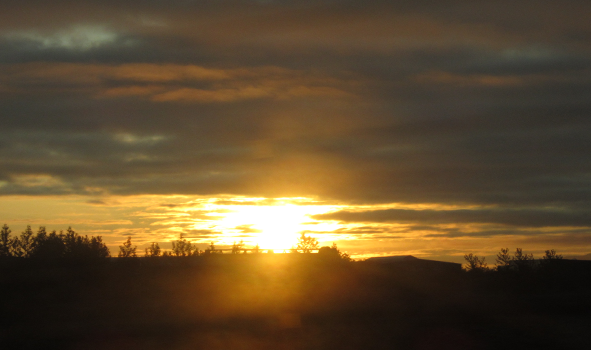
What is the Midnight Sun?
A natural phenomenon that occurs during the months of summer in some places in the north of the Arctic Circle or to the south of the Antarctic Circle in which the sun is visible at the local midnight time of a region is known as Midnight Sun. During the period of the summer solstice that approximately on June 21st in the north region and December 22nd in the southern regions, the sun is visible for a period of 24 hours, if the weather is fair. The potential of midnight sun occurring for a number of days increase as the poles are moving further from the Sun. Even though the midnight sun is defined by the polar circles, in reality, the midnight sun can be seen as much as a distance of 90KM outside the polar circle. The exact latitudes that the midnight sun reaches depends on the topography of the region and every year, it varies.
Who Sees the Midnight Sun?
Since there is no permanent area of residence in the southern parts of the Antarctic Circle, there are only a limited number of regions that experience the midnight sun – Yukon, Nunavut and Northwest Territories of Canada, Iceland, Norway, Sweden, Greenland, Finland, Russia and Alaska in the United States. In the northern part of some of the countries mentioned, the sun does not set for a period of 60 days during the summer. In the Svalbard region of Norway, the sun does not set at all from 19th April to 23rd August.
Some regions below the polar circle may experience midnight sun due to refraction of the atmosphere and the sun is a disk and not a point. But, places which exceed one degree below the polar circle does not experience the midnight sun. Iceland is known to experience midnight sun even though most of the region of the located slightly to the south of the Arctic Circle. At the poles, the period of sunlight is a little bit more than six months.
Common Questions
Now, when a person is visiting Iceland during the period of the Midnight Sun, a lot of questions crop up in his or her mind. When does the midnight sun in Iceland happen? For how long does the sunrise or sunset last? In Iceland, what is the time frame during which the midnight sun can be experienced? Is it possible to sleep during the midnight sun?
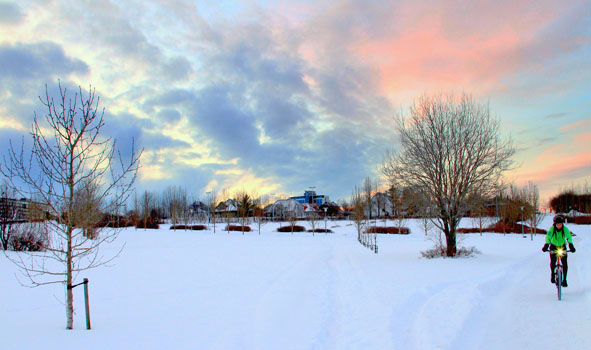
Summer and Winter in Iceland
During the summertime, in Iceland, the days are quite long. Iceland’s nights are bright from the period of late May to early August. This is quite unfathomable to some people and they have various questions about it. One of the most common questions about Iceland’s midnight sun is that if is it possible to sleep during the period of the midnight sun. The answer to this question is that it is quite possible. Just like a person can sleep with the lights on or in the middle of the day, a person can sleep during the period of the midnight sun. If a person requires complete darkness to sleep, he or she can use curtains to block out the midnight sun. After a period of dark winters, it can be a bit weird to have endless days. But as time goes by, the period of longs days becomes adjusted to the lifestyle of a person and if you want to do some sightseeing then you can do it all night and day long.
On the planet, the further you go north or south, the more the effect of summer and winter solstices that you can feel. The summer solstice in Iceland is the longest day of Iceland’s year and it happens during the 21st of June. In Reykjavik, the suns set after midnight and again rises before 3AM. The days are even longer in Akureyri or Ísafjörður due to fact that it was further north in the country. The winter solstice in Iceland is the shortest day there and it occurs on the 21st of December. This means that in Reykjavik, the sun rises around 11:30AM in the morning and sunset occurs at 3:30PM during the afternoon. The day is even shorter as you go further north in the country. In between this period of time, that the period between the longest and shortest days of the year, the days are either getting shorter or longer. This shortening and longevity can vary between a few seconds to a period of several minutes per day. Twice a year, equinoxes occur on the 21st of March and the 21st of September. During these days, the amount of daylight and darkness are equal in length.
When?
Generally speaking, in Reykjavik, the midnight sun occurs during the period from 16th to 29th June. These are the only days during which the sun sets after midnight in the region. If the consideration is taken into account that the sun will rise a few hours later, at approximately 3:30AM in the morning, it is still quite bright even though the sun wasn’t in the sky yet. These beautiful bright nights occur for up to a period of 3 months. The time frame is one and a half months before the 21st of June and one and a half months after the 21st of June.
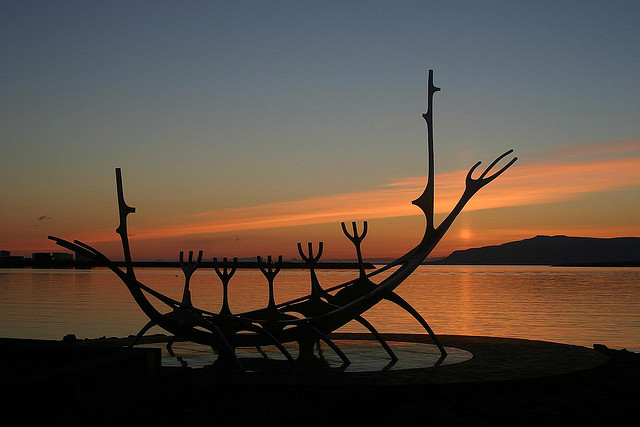
An incredible and beautiful picturesque display of the colorful and bright night sky is done due to the slow sunsets and sunrises. These bright skies tend to last for quite a long time and for several hours. When August begins, a few hours of the night can be quite dark, but it is not darker than dusk though. When August is ending and September is beginning, a couple of hours in the night will be quite dark that is pitch black dark. Iceland is truly a place of mystery and beauty and you can enjoy summertime and daytime activities for quite a long time due to the midnight sun. So, if you are interested in going to a place where you can enjoy more hours of the day without it affecting your crazy nightlife, then Iceland is definitely the place to visit. Things that you can do in Iceland even though it is night is that you can play golf or go on a tour of the Golden Circle in Iceland or enjoy the attractions that are there on Route 1 of Iceland.
What I wish I had known
What I Wish I Had Known About Iceland
In recent years, the number of travellers visiting Iceland has increased enormously. Summer isn´t anymore the most popular time to visit Iceland, all other months of the year have also gained popularity. Even though many travellers arrive well prepared and have read a lot about the country, there are some things you just can´t find online and tourists wish they had known before arrival. We asked tourists what they would have like to know before they arrived. We have summed up a few of the answers for you so you will have a little extra knowledge when you arrive!
“I didn´t know how accessible Iceland is”
To many it is a surprise how easy it is to drive the ring road. You can make stops at so many lovely places, spend the night at various guesthouses and hotels around the country, and you can enjoy the country to the fullest in your own time. In winter the ring road is usually open. However, if you aren´t used to driving in snow and on slippery roads, then tours might be a better choice for you.
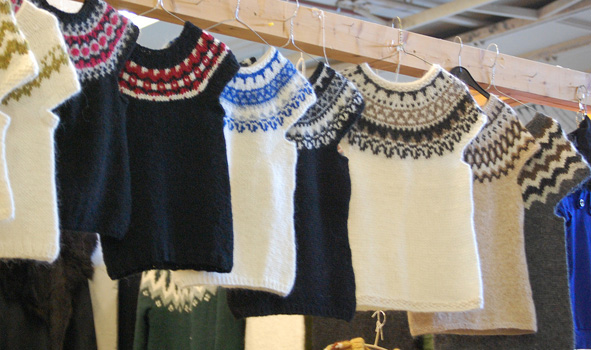
“I wish I had realized to bring normal clothing to wear in the city”
Icelanders dress very normally and it is like they almost ignore the cold. It is truly not necessary to wear hiking gear in Reykjavik and I wish I had known that before I arrived. It is not as cold as it can get in winter in central Europe as the air is dry, not humid. So, next time around I will pack some normal winter clothing to blend in with the locals and leave the hiking gear for the tours out in the country!
“I wish I had known that alcohol can´t be bought in supermarkets”
In Iceland there are special government run stores (called Vínbúðin) and that is the only place where you can buy alcohol apart from bars and restaurants of course. I wish I had known that it is closed on Sundays and on public holidays. So, if you want to buy anything – beer, red wine or something stronger – make sure you go to the Vínbúð during opening hours. If you forget, then your only option is your local bar or restaurant if you want a glass of wine.
“I didn’t know that bottled water in Iceland is the exact same thing as tap water”
I´m used to travelling and everywhere I go I buy bottled water. When the locals in Iceland told me I was buying the exact same thing as I would get from the tap, I was very surprised. I decided to try the tap water and to make a long story short, the locals were right. Definitely the best tap water I´ve tasted!
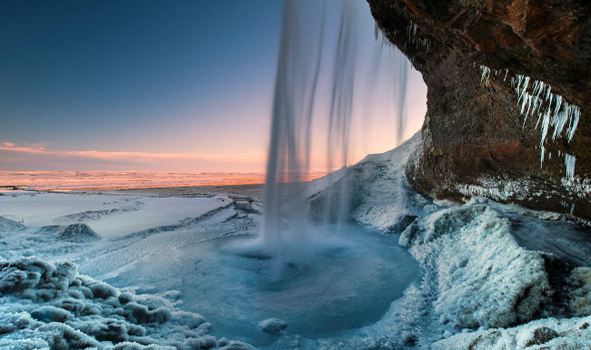
“I wish I had known how unspoiled the nature really is”
If someone had told me how the nature in Iceland is truly unspoiled, I would have definitey stayed longer and enjoyed some extra days out in the country. It is amazing how you can feel the nature all around you. It is unique!
“I didn’t realize how quickly the weather changes in Iceland”
It was a surprise how the weather chances quickly. You can get up in the morning and the ground is covered with snow. A few hours later the snow is gone and the sun is shining. You can even experience all in one day – snow, rain, sunshine, wind, no wind and hail! You truly need to be prepared for all sorts of weather, both in winter and in summer!
“All the beautiful photos online are real! The landscape and scenery is in reality truly breathtaking. However I never imagined how fresh the air would be!”
Before I finally decided to visit Iceland, I had browsed the internet and read book. All the beautiful picture you see are real. The scenery is breathtaking and the pure nature really blows you away. What I had never thought about was how truly pure everything is! The air in particular – not a hint of pollution, especially when you leave the capital. The air in Iceland is as pure as it gets I would say!
“I didn’t know how friendly Icelanders are”
I’ve often read that Icelanders tend to be cold and distant. After my trip to Iceland I truly can´t agree with that! They are very helpful, friendly and have a big heart. I wish I had known that so I would have used my time to get to know as many Icelanders as possible!
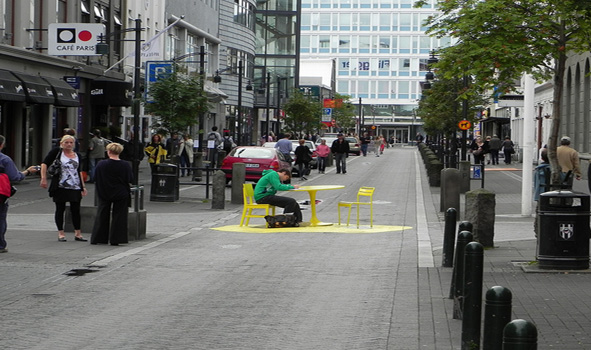
“I wish I had known that the main street in downtown Reykjavik is heated”
By the main street in Reykjavik, Laugavegur, you will find many stores and boutiques. What tourists don´t know is that in winter you can walk up and down the street without worrying too much about the snow and ice as the main street and the sidewalks are heated. I wish I had known that so I wouldn’t have gone shopping in my hiking boots!
“It would have been helpful to know how strong the sun is in winter”
Even though the hours of daylight in winter aren’t that many , the winter sun can be very strong so don´t under estimate it. If I had known that I would have brought some sunblock for my snowmobiling tour and sunglasses! I was though surprised how easy it was to find sunglasses and sunblock in Reykjavik in the middle of winter. I just went to the next pharmacy I found and got both.
Winter Wonderland
Up until quite recently, winter tourism in Iceland was almost unheard of. Most people thought the only time to pay us a visit was during the summer for the midnight sun. Now that some of the low cost airlines have started to fly in and out of Iceland, things have changed and more people are now discovering our magical winters too. Even though the winter is very dark and the weather can be wild, there is nothing quite like experiencing this country under the night sky, with northern lights dancing above you. It really is a winter wonderland.
There are dozens of fantastic things to do and places to see during winter. It’s important to plan ahead to make sure you can fit everything from your bucket list into your time in Iceland. We’ve put together some great lesser-known options for a winter trip that are sure to give you the best experience possible.
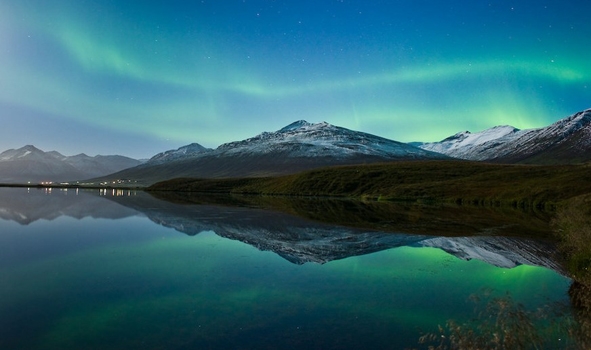
Multi-Day Super-Jeep Tour
For a truly unforgettable trip where you’ll be fully taken care of, a multi-day cross-country trip by 4×4 is a great adventure to take. You’ll experience every terrain Iceland has, from lunar lava fields to black sand beaches, cold glacial mountains to hot springs.
Typically lasting from 2 to 6 days (but can be longer upon request), this kind of tour is perfect for a small group of travellers who want to see as much as possible in an intimate time. Tour groups usually being 4 to 6 people and we use our own super jeeps and drivers.
Our expert tour guides have extensive knowledge and all the qualifications for your adventures in the country. These tours can also be arranged to take a variety of routes, depending on what sights you are interested in; Westfjords, south coast, highlands, etc. Private tours are great for flexibility. Contact us to find out more.
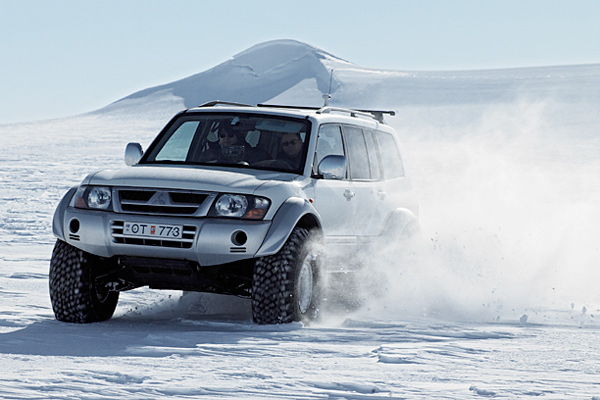
Jökulsárlón Glacial Lagoon & South Coast
The glacial lagoon,Jokulsarlon, on Icelands south coast is a place that truly has to be seen to be believed. No matter how beautiful a photograph you take, nothing compares to standing on its shore and taking it all in.
The lagoon is where icebergs, broken off from the great Vatnajokull glacier, float out into the Atlantic ocean. There is no better time to see it than in the depths of winter, when the icebergs are at their biggest and more dramatic.
Jokulsarlon is about a 7 hours drive from Reykjavik and makes a great 2 day trip, either by guided tour or self-driven. On the way to the lagoon, you will pass Seljalandsfoss waterfall where you can walk behind the waterfall, the beautiful Skogafoss waterfall, Reynisfjara black sand beach with its great basalt columns, and the site of the infamous Eyjafjallajokull volcano.
Time your arrival at Jokulsarlon right and you might get to see the northern lights reflect off the lagoon, surrounded by icebergs and seals playing. After you can stay in a number of lovely country hotels or guest houses in the region before returning to the capital the following day. We can help you book the perfect tour.

Lake Mývatn Winter Garden
Located in Icelands northeast highlands, this beautiful lake town is perfect to visit during the winter when its mild and peaceful.
The northern winters are lovely and scenic, Lake Mývatn in particular has some of the best natural sights and its remote location makes it perfect for looking for the northern lights. There is the great lava rock forest Dimmuborgir which was formed from an ancient volcanic eruption. Also make sure to check out the active hot spring field Hverir, the Lofthellir cave, Ludentarborgir crater rows, and of course, the lake itself!
Here you can also enjoy a soak at the Mývatn Nature Baths, the Blue Lagoon of the north, located up on a hill overlooking the lake. You can take a gourmet tour of the region trying all the local produce and visit the many farms of the area to taste real Icelandic country life.
Lake Mývatn is also known for being the mythical home of our thirteen Christmas elves, so it’s perfect for a great yuletide getaway.
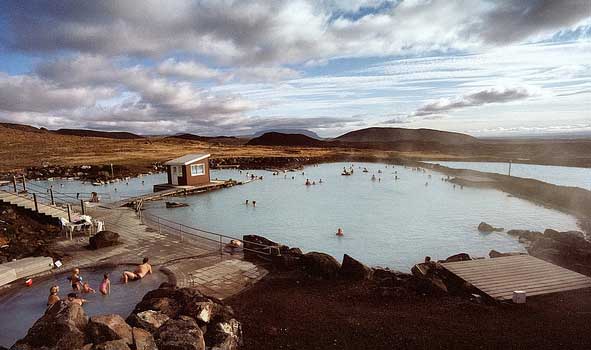
Getting Up On A Glacier
What could be better on a visit to Iceland than getting up close and personal with the glaciers that give us our name?
Going for a snowmobile ride on the second largest glacier, Langjokull (“long glacier”) is a thrilling adventure that will leave you with lifelong memories. Langjokull is located just a few hours out of Reykjavík and so makes for a great day trip. You need no prior snowmobiling experience and it’s family friendly, those without drivers licenses can be passengers. Snowmobiling trips can be tied into many other adventure packages or spend the evening on a hunt for northern lights.
If you want to get up on a glacier but snowmobiling isn’t for you, go for a climb instead on the Solheimajokull glacier on the south coast of Iceland. The trained guides provide all the gear and advice for trekking on the glacier. You’ll get a hiking experience like no other.
Surrounded by beautiful blue coloured ice, you’ll really feel Icelands magic. This glacier is also just a few hours from Reykjavik so can be easily combined with many other activities and tours. It’s always an option for a day out in winter as we can build it into your upcoming vacation.
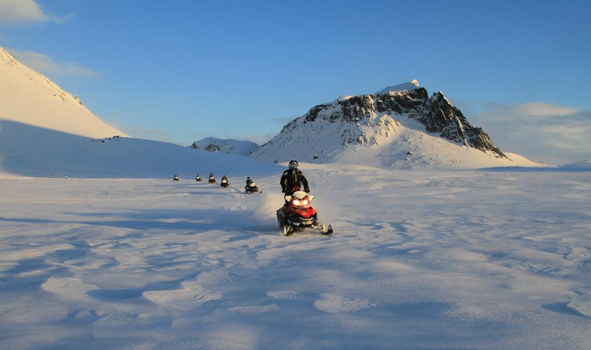
Going Down Into The Depths
While it’s really popular to climb to the highest peaks of the country to see Iceland from above, what lies below is not to be missed. The island is a geological marvel at every level and sometimes the best way to experience it is to go right inside it. There are several magnificent caves located right near Reykjavik that amateur speleologists can easily descend at any time of the year. Head to the Arnarker cave, Leidarendi cave or Thrihnukagigur crater to go down and experience the inside of this rocky island.
If you like water more than rocks, you’re in luck too. Head to the continental rift in the historic Thingvellir national park to go snorkelling in the Silfra river. This runs right between the North American and European tectonic plate divide. You’ll be provided with a dry suit and all the equipment by local guides who will take you on a gentle paddle through the place where the country splits into two continents. That is definitely something to check off your bucket list.
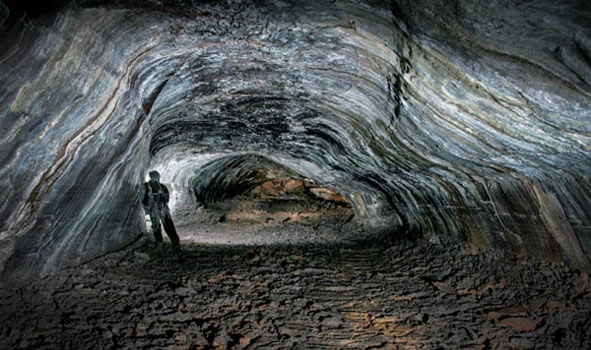
Welcome To Our Winter Wonderland!
